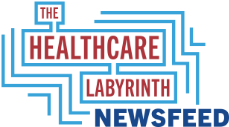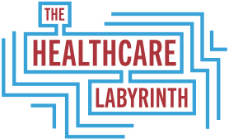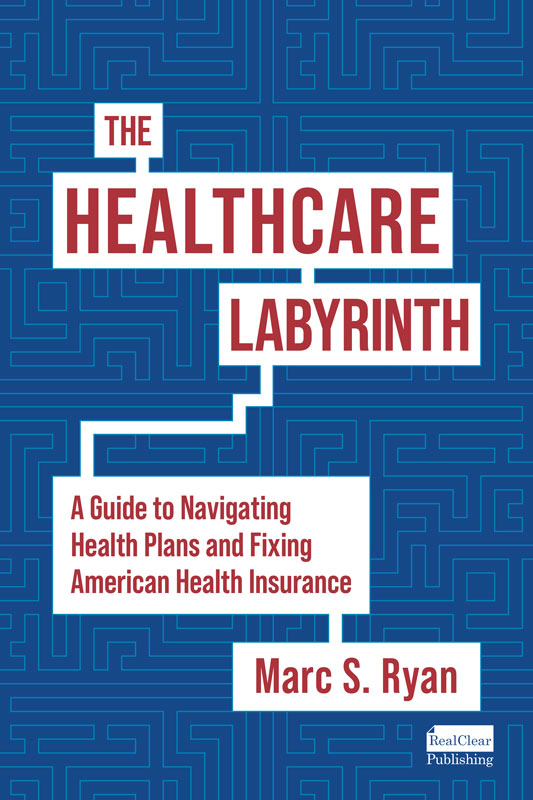
August 26, 2024
Biden Administration Announces Exchange Navigator Grants The Centers for Medicare and Medicaid Services (CMS) announced navigator grants totaling $100 million to forty-four organizations to aid in enrollment in the Exchanges. The agency will distribute up to $500 million over the next five years. The organizations are in twenty-eight states with federally facilitated marketplaces. CMS Press Release: https://www.cms.gov/newsroom/press-releases/biden-harris-administration-awards-100-million-navigators-who-will-help-millions-americans (Some articles may require a subscription.) #aca #exchanges #obamacare #marketing https://www.modernhealthcare.com/policy/insurance-navigators-grants-cms-open-enrollment-2024 McKesson To Acquire Majority In FL Oncology Group McKesson signed a definitive agreement to acquire a 70% controlling stake in Community Oncology Revitalization Enterprise Ventures LLC, or Core Ventures, for $2.5 billion in cash. The group owns Florida Cancer Specialists & Research Institute, a major specialty provider group. McKesson’s oncology platform will be integrated into the FL group’s care. This is a good example of vertical integration as McKesson is a major force in the drug supply chain. Additional article: https://www.modernhealthcare.com/mergers-acquisitions/mckesson-corp-core-ventures-controlling-stake (Some








